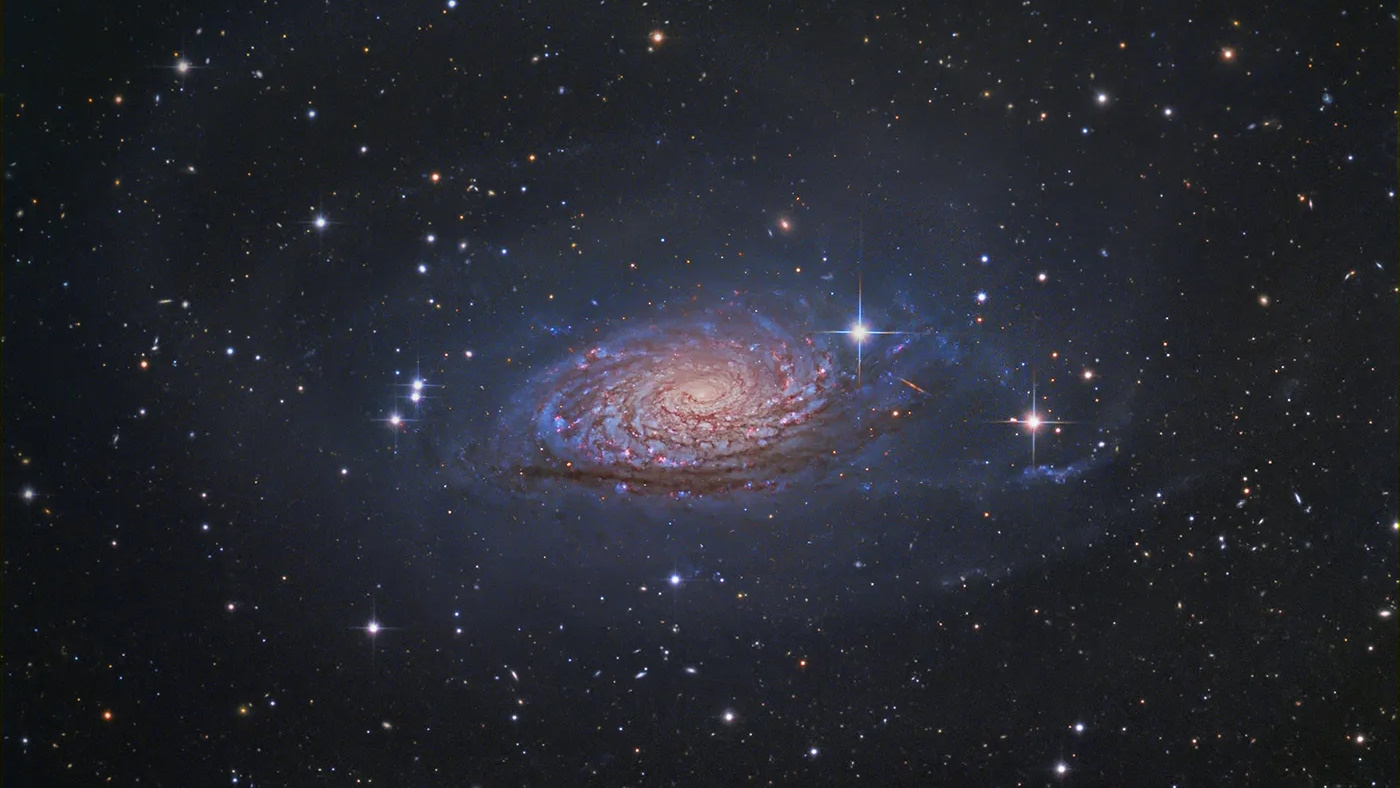The influences are vast and range from race relations to hurricane Katrina to the “spooky” ethos of the city.
Valerie Martin: I’m from New Orleans, and I think it’s shaped me rather radically, especially of late. I grew up there. I actually was not born there. I was born in Missouri. But my family is from there, and I only lived outside of New Orleans for three years. So it’s really my hometown – my grandparents, my mother’s family, all my cousins. My sister was born there. My daughter was born there. So it’s really my hometown, although I have not lived there for the last 20 years or so. I visit a lot.
I think being from New Orleans is not like being from any other city in the country, possibly in the world. It’s a place all unto itself. It’s a very difficult, frustrating, wonderful place, and full of really gothic and romantic stories about its own past, and very gothic feelings about itself. It’s very multiethnic – one of the most multiethnic places – especially in the period when I was growing up – in the country.
And it has just a fabulous history. And I think as far as my writing is concerned, before I left New Orleans it was a lot more gothic than it is now. But people would say that and I had no idea what they were talking about.
Flannery O’Connor makes a remark in one of her stories . . . No I’m sorry, it’s __________. Everybody in New Orleans believes everything spooky. And I think that’s a pretty good summation of the basic ethos of that city.
Question: How has the city changed since you lived there?
Valerie Martin: Well it’s changed in a number of ways, and it’s changed radically recently of course. You know I . . . When I grew up, they still had those signs – you won’t know those signs – but they had signs on the streetcar that . . . They were like wooden signs, and there were like holes at the top of each seat. And these signs could be moved back and forth in the streetcar and the bus. And these signs said, “For Our Colored Patrons Only”. And people of color, when they got on the bus, had to sit behind the sign. But it was a moveable sign, and so sometimes they’d move it all the way up, and you’d wind up sitting actually across from a person of color.
But white people were not allowed to sit behind the sign. So it was absurd. It was just bizarre, but it was a given of daily life.
Another one was faucets that had; it was the same thing – “colored” over one of them, nothing over the other one obviously. No need to describe us.
And I remember as a girl running over to one of the faucets that said “colored” because I thought it would be colored water and getting my arm yanked out of my socket.
So that was a very different world from the world that is that city now, and that all started to change, I guess, as I was growing up; and even up until I was in high school in the ‘60s. That’s when those signs disappeared. I had a friend who was so aggravated by one as a boy that he threw it out the window.
It was a long time coming, but it was all coming throughout my life – the sort of break down into this overt racism.
And then of course the big change has been in the last few years – the drowning of New Orleans; the destruction of the city, which was just devastating. It’s not recovering very well in my view.
Topic: Racism.
Valerie Martin: Racism when it’s in the saddle is overt. It’s just nobody questions it on either side. It’s understood that this is the way things are done. I saw really more unpleasant and overt racism when I went to visit my grandparents in Missouri, because in that city; actually it was a little town; Black people really lived on one side of a track, and White people on the other.
New Orleans has always had a real mix of neighborhoods so that very wealthy people lived a block away from very poor people, and that’s made it a very different; that’s a little harder to; well I guess it’s not harder for some people, but it’s a little harder to pretend that your neighbors are not real people.
And it’s always had such a large percentage of people of color. And it’s had from a very early point a good population of free people of color; people who were never slaves who came to New Orleans from Haiti and owned property, and could even vote, and could sue, which was something that was not available to people of color anywhere else in the country at that time.
It’s a very peculiar city in its race relations. I’ve described it as being the most racist and the least racist place I’ve ever been; and I think that is true in my experience. I’ve certainly found a kind of deeper and crueler racism in other parts of the country just because people don’t; they never see a person of color. And when they do, it’s something special. It’s not another person; it’s exotic, in some ways which is a kind of racism in itself.
February 11, 2008





